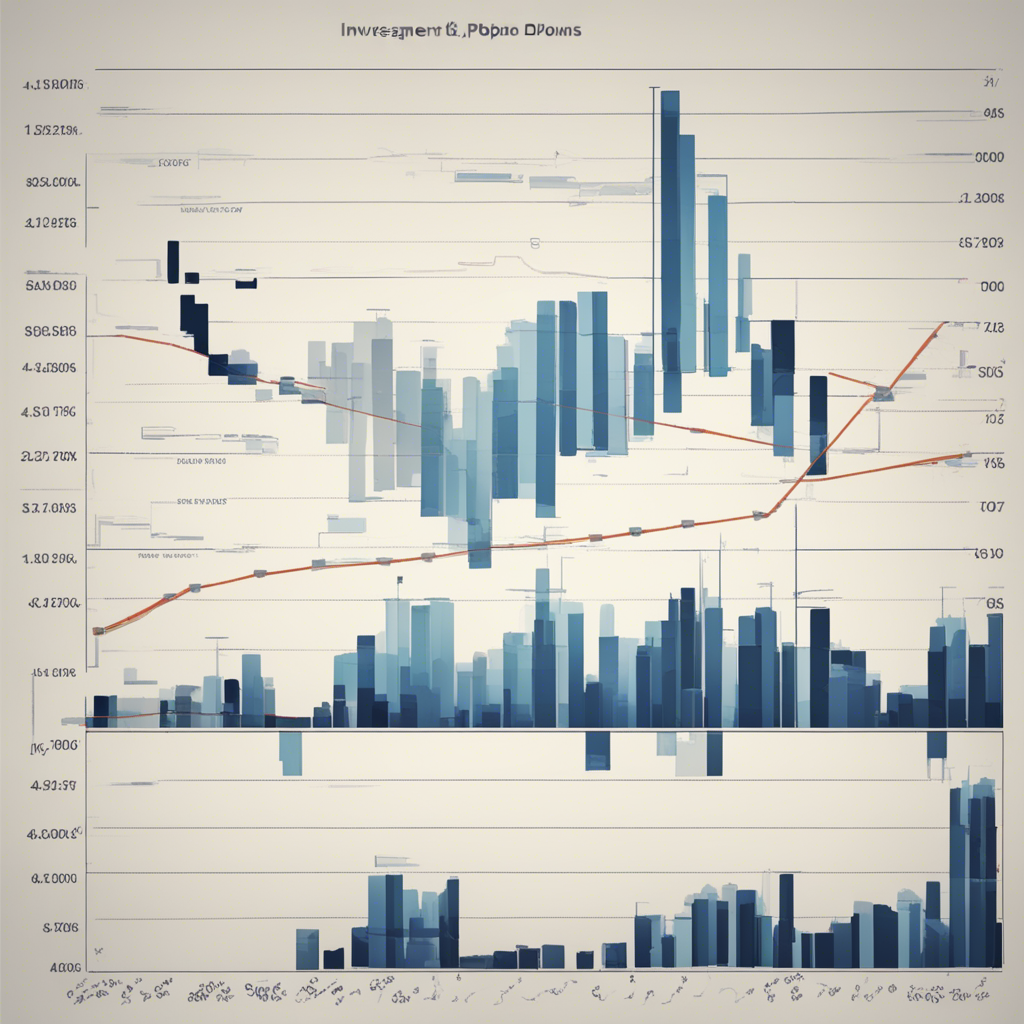
Understanding the Stock Market: Bear vs Bull Markets
Introduction
The stock market can be a captivating and exciting place for investors, but it’s essential to understand the dynamics and trends that influence its performance. Two key terms that often garner attention in the financial world are “bear market” and “bull market.” In this blog post, we will delve into the meaning, characteristics, and implications of these market conditions, shedding light on their influence on investments.
What is a Bear Market?
A bear market refers to a period of declining stock prices, typically accompanied by a general pessimistic sentiment in the market. During a bear market, there is widespread selling and a lack of confidence among investors. As a result, stock prices may experience substantial and prolonged declines.
Key Characteristics of a Bear Market
- Falling Stock Prices: Bear markets are characterized by a significant downturn in stock prices across various sectors or the broader market.
- Negative Investor Sentiment: Investors become anxious and may feel pessimistic about the future direction of the market. This negative sentiment can potentially snowball and lead to further selling pressure.
- Increased Volatility: Bear markets often witness heightened price swings and increased market volatility. This elevated volatility can result in substantial day-to-day price fluctuations, making it challenging for investors to navigate the unpredictability.
- Economic Factors: A bear market is usually a reflection of underlying economic weakness or a slowdown in economic growth. Factors such as rising unemployment, declining corporate earnings, or geopolitical tensions can contribute to the formation of a bear market.
Historical Examples of Bear Markets
- The Great Recession (2007-2009): One of the most significant bear markets in recent history occurred during the global financial crisis of 2007-2009. The bursting of the housing bubble, subprime mortgage crisis, and subsequent economic downturn led to a severe decline in stock prices.
- Dot-Com Bubble (2000-2002): Another notable bear market emerged in the early 2000s as a result of the burst of the dot-com bubble. Many technology companies and internet-related companies experienced significant declines in their stock prices.
What is a Bull Market?
A bull market is the opposite of a bear market and describes a period of generally rising stock prices. During a bull market, investors are optimistic about the future direction of the market, leading to increased buying and a positive sentiment overall.
Key Characteristics of a Bull Market
- Rising Stock Prices: Bull markets are characterized by an uptrend in stock prices, with prices generally on the rise over a sustained period.
- Positive Investor Sentiment: Investors feel confident about the market’s future prospects, leading to increased buying activity. Positive sentiment can feed on itself, attracting more investors and driving prices even higher.
- Low Volatility: Bull markets are often associated with lower levels of market volatility. While day-to-day price fluctuations can still occur, they are generally less pronounced compared to bear markets.
- Economic Factors: Bull markets are often accompanied by favorable economic conditions such as robust GDP growth, low unemployment rates, and strong corporate earnings. These factors contribute to investor optimism and fuel the upward momentum.
Historical Examples of Bull Markets
- The Roaring Twenties (1920s): The 1920s witnessed a historic bull market with significant economic growth and rising stock prices. This period came to an end with the stock market crash of 1929 and subsequent Great Depression.
- Post-Financial Crisis Bull Market (2009-Present): Following the global financial crisis of 2007-2009, the stock market experienced a prolonged bull market, characterized by a remarkable recovery and sustained upward trend in stock prices.
Implications for Investors
Understanding bear and bull markets is crucial for investors, as they have important implications for investment strategies, risk management, and portfolio performance.
During a bear market, investors may consider adopting defensive strategies to protect their investments and mitigate potential losses. These strategies may include reducing exposure to stocks and increasing allocation to lower-risk assets such as bonds or cash. Additionally, bear markets can present buying opportunities for long-term investors, as stocks may be undervalued.
Conversely, during a bull market, investors often focus on growth-oriented strategies, seeking to capitalize on market upswings. However, it is crucial for investors to exercise prudence, as excessive optimism can lead to inflated asset prices and potential investment bubbles. Conducting thorough research and diversifying across different asset classes remains important even in bullish conditions.
It’s important to note that predicting market cycles and timing market trends is notoriously difficult, if not impossible. Therefore, instead of trying to time the market, investors are better advised to adopt a long-term investment approach, diversify their portfolios, and focus on their individual investment goals.
Conclusion
In conclusion, understanding the dynamics of bear and bull markets is essential for investors to navigate the stock market successfully. Bear markets are periods of declining stock prices, low investor confidence, and heightened volatility. Conversely, bull markets are characterized by rising prices, positive sentiment, and generally low volatility. Recognizing these market conditions can assist investors in making informed investment decisions, managing risk, and aligning their strategies with prevailing market trends.
Remember, while historical patterns and market indicators can provide insights into potential future market behavior, no prediction or analysis can guarantee specific outcomes. Therefore, as an investor, it’s crucial to stay informed, consult with financial professionals, and develop a robust investment strategy based on your individual goals, risk tolerance, and time horizon.






